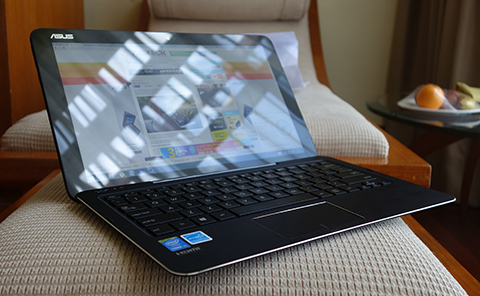In an interview with ANC, del Rosario once again held on to a pronouncement by an American official, this time Defense Secretary Ashton Carter, who said the United States and many other countries “are deeply concerned about some of the activities China is undertaking.”
He must be referring to the intensified reclamations of China on reefs and islets that they occupy in the disputed South China Sea. They have not overtaken any island or reefs occupied by other claimants that include the Philippines, Vietnam, Malaysia, Brunei and Taiwan. But the reclamations and constructions are massive that the United States has described it as “Great Wall of Sand.”
Carter in an April 6 speech Arizona State University’s McCain Institute said the U.S. would invest in weapons including a new long-range stealth bomber as well as other assets to secure the Asia-Pacific region.
He added that the U.S. also will deploy advanced aircraft and ships to the region, part of a gradual increase in attention to Asia during President Barack Obama’s last two years in office.
Del Rosario, who will be going to the United States in two weeks, said there has been no discussion between Philippine and U.S. officials what was announced by Carter but he said, “With that equipment, you can surmise there will be US presence.”
It’s a pity that the interviewer did not follow-up Del Rosario’s announcement with a question on the possible Constitutional complications of U.S. armed presence in Philippine territory.
Sec. 25, Art XVIII of the Philippine Constitutions states, “…foreign military bases, troops, or facilities shall not be allowed in the Philippines except under a treaty duly concurred in by the Senate and, when Congress so requires, ratified by a majority of the votes cast by the people in a national referendum held for that purpose, and recognized as a treaty y the other contracting State.”
It cannot be covered by EDCA (Enhanced Defense Cooperation Agreement), the Aquino government’s circumvention of the Constitutional ban on foreign troops, because the accord has been questioned before the Supreme Court.
Two foreign affairs analysts doused cold water on del Rosario’s delusion. BusinessWorld got reactions from Harry L. Roque, Jr., a University of the Philippines professor and chairman of the Center for International Law (Centerlaw) and Rommel C. Banlaoi, chairman of Philippine Institute for Peace, Violence and Terrorism Research.
Roque said Mr. del Rosario’s statements are “wishful thinking” meant to influence another institution.
“Nope [it’s not an honest support]. This should be something that the Americans should say themselves. Coming from [Secretary] Del Rosario, that’s only wishful thinking probably intended to influence Supreme Court decision on EDCA (Enhanced Defense Cooperation Agreement), a ten-year arrangement that will allow US forces to station troops on Philippine territory,” Roque said.
Banlaoi said US support is limited only to equipment and the Philippines will still end up defending itself. “United States is just planning to transfer/share advanced air force and naval equipment. It’s a technology transfer rather than a deployment of US air and naval assets. It’s part of the US commitment to build capacity of the Philippines to defend itself.”
American concern is not taking the Philippine side in its territorial dispute with China. It is to see to it that South China Sea remains open for navigation.
Almost a third of global crude oil and over half of global liquefied natural gas (LNG) pass through the South China Sea each year. Trade that passes through he disputed waterway is estimated at $6.77 trillion and the United States would not want it controlled by China.
That’s why the G7 -an informal bloc of industrialized democracies—France, Germany, Italy, the United Kingdom, Japan, the United States, and Canada, issued last week its concern for the tensions the East and South China Sea.
“We oppose any unilateral attempt by any party to assert its territorial or maritime claims through the use of intimidation, coercion or force. We call on all parties to clarify and pursue their territorial and maritime claims in accordance with international law,” the G7 leaders’ statement stated.
Even if its name was not mentioned, China knew the G7 was referring to them.
China was undeterred. Chinese Foreign Ministry Spokesman Hong Lei took it as an opportunity to reiterate China’s position to resolve the disputes “through negotiation and consultation by countries directly concerned.”
Hong Lei said the situation of in the Asia Pacific region “is generally stable” and took a swipe G7.
“It is hoped that relevant countries would fully respect the efforts by regional countries to safeguard regional peace and stability, and do more things that contribute to regional peace and stability,” Hong Lei said.
All these statements of concern on China’s intensified reclamation in the disputed areas of South China Sea rattles China. Whether it will help in pressuring China to stop remains to be seen.
To protect the Philippines’ interest, it still behooves the country’s leaders to be creative and realistic in its dealing with other countries including China.











